Genius loves company. That may be the simplest way to account for one of 2012’s most ambitious and successful album releases, Let It Be—a reinterpretation of Beatles classics by Roberta Flack. For someone whose musicianship covers every genre from Classical to R&B to Jazz, however, nothing is simple about the 12 songs that made the final cut. Each one is like taking hold of Flack’s hand and finding a new walkway through lyrics and melodies that are as familiar to most of us as breathing. As Tetiana Anderson discovered, for the fourtime Grammy winner it’s all about the journey. Indeed, from Flack’s early years as a music prodigy through the twists and turns of a fascinating and celebrated career, she has become quite adept at discovering the path less taken. And, the title of her new album notwithstanding, Roberta Flack has never been one to simply let it be.
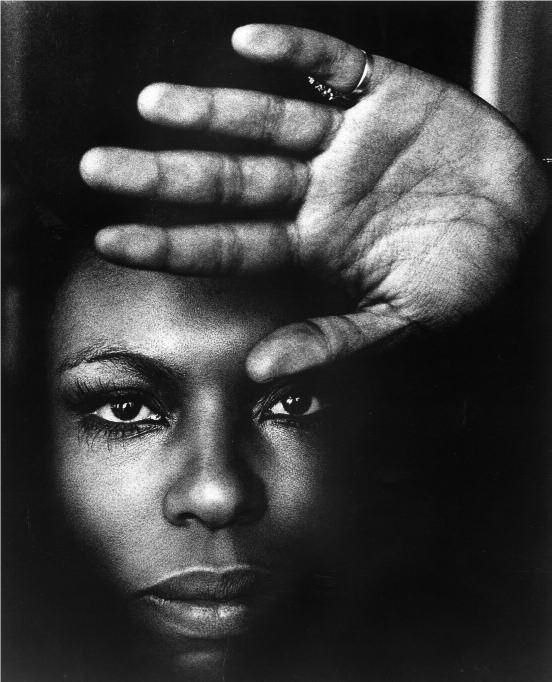
Photo courtesy of Roberta Flack
EDGE: You really want people to make connections through your songs. Where did that come from?
RF: I don’t know where that came from. But I can tell you that connecting through songs is what I am all about, period. I was watching recently some footage of Bill Cosby introducing me at a jazz fest back in the ’70s. He was telling the audience that Roberta Flack tells stories so you can understand them. I think that is a true description of how I feel about music. It speaks to me. I try to speak back and once I get the conversation going—and figure out what the whole point is—I’m ready to dig in and come up with a very individual interpretation of a particular song.
EDGE: Your own story is incredible. You were the youngest person to ever enroll at Howard University, and later the first black teacher at an all-white school. Do you think of yourself as someone who breaks barriers?
RF: No. But I do believe in destiny and fate. If you are practicing five or six hours every day—and that’s all you live for as a child because there are no other options—if you are able to grasp that and hold onto it, it will tell you where you are supposed to go. I did go to Howard early. And I did become the first black teacher at an all-white school in Chevy Chase, Maryland, which was a little tighter wound in terms of the people and their personalities than Virginia. When you’re a child and you have the gift of music, the gift of art, the gift of conversation, nothing stops you.
EDGE: What impact did the church and gospel have on your appreciation for music?
RF: I belonged to an interesting church and my mom was the church organist. The choir director was a Howard University graduate, and many of the choir members were people who had graduated Howard or gone to school with him. That church, as we would say as young kids, was “uppity.” It was uppity because the church that Mahalia Jackson, Sam Cooke, the Soul Stirrers and the Five Blind Boys visited was not our church. That was Macedonia Baptist, down the street. I spent a lot of time as a young person going between churches. Actually, the first genre of music I was exposed to was not gospel music; my background was actually classical. But I loved gospel. What is there not to love? It doesn’t have to be something where people are shouting. It can be a song’s subtle embellishment, it can be the malisma that Whitney Houston brought to her pop music. Melisma is a gospel characteristic when you take a note that’s supposed to be da and go dahahahahahaha and add all those other notes up and down the scale. That is a beautiful experience and it’s also very moving. Your soul cannot help but be stirred when you hear Aretha Franklin sing “God Bless the Child” or “Amazing Grace.”
EDGE: Do the classical works of Chopin and Bach give you the same goose bumps as gospel?
RF: Yes. Yes. I can play some Chopin for you that would make you say Girl, that ain’t Chopin! I’ll tell you who uses the melodic flow of romantic composers like Schuman, Brahms, Chopin, Shubert and Beethoven: Stevie Wonder. When you hear him sing, when you hear him play any of those songs that are so melodic, like [singing] A Ribbon in the Sky for our love…he does a lot of that.
EDGE: You worked on songs with Stevie Wonder but are perhaps best known for your partnerships with Donny Hathaway and Eugene McDaniels. What did you learn about the craft from those two?
RF: I was humbled by their talent. I’ve been watching a performance Gene and I did in the studio of a song that Gene wrote for an Eastern Airlines commercial. It was called “Chasing the Sunshine.” How clever is that as a title? This is the same guy who wrote “Reverend Lee,” “Feel Like Making Love” and “Compared to You.” He was a profound writer, Gene McDaniels. Absolutely, absolutely brilliant. Donny and I cut “You’ve Got a Friend” in 20 minutes, which isn’t hard to understand. I am a musician, not just a singer, so you don’t have to teach me something. I have the presence of mind and the ambition and the appreciation for my craft to sit down and practice. So I practiced, came to New York, and Donny and I did “You’ve Got a Friend,” which went to the top of the charts. So they said Let’s do an album. Okay, so the next thing we did was “Where Is the Love.” Donny and I finished that first album in three days! I should say that I did whatever Donny asked me to do as a duet partner. In terms of putting it together, sketching it out, bringing all the pieces together so that everybody understood what was happening—that was Donny, that was the kind of mind he had. Three days.
EDGE: You accompanied Donny on piano on the classic “For All We Know.”
RF: Yes. When we finished that album the producer asked, “Ro, you got another song?” I said, “Donny do you know this song?” He said, “Yeah I know the song but I don’t know the words.” So I wrote down the lyrics of “For All We Know.” I played it and he sang it and we recorded it. You know, I had really cut my chops as an accompanist. I’d played piano while I was teaching school in DC at the Tivoli Opera Restaurant. I mean we were doing Aida and Madame Butterfuly, we were doing Tosca and La Traviata and Verde and Chelini. Oh, it was just so wonderful. Here I am this little girl from Black Mountain, North Carolina. I’d never read that stuff but my musicianship, my gift—thank you, God—allowed me to do it with the same kind of comfort that I’m playing for Donny. I just looked at him and listened to the way the song was developing. When we did that together it was one of the highlights of my recording career.
EDGE: You also worked with Bob Marley. How did you meet? What was he like?
RF: Beautiful. Fine. Sexy. He was a friend. We were both Aquarians. I am on the 10th and he’s on the 6th. When he got sick I was so upset. I lived for seven years in Jamaica accidentally. That was part of that Eastern Airlines – Gene McDaniels thing. Part of my payoff from the airline was to close my eyes, pick from their map any place, and my finger landed on Montego Bay. I stayed for about two days and said, Now I want to go to Kingston. I was with a couple of guys. We went to Kingston and ran right smack into some Rastas who said, “Sistren let me take you, let we go see brother Bob.” So he and I became friends and as a matter of fact I brought down later my band and we went into his studio and worked on “Killing Me Softly.” Then I came back to the States and recorded it, and of course that was a hit for me, too. But Bob was a wonderful friend. He spent several hours in my apartment in New York sharing musical ideas and good vibrations and was just a beautiful person. When he was sick I tried to find some holistic doctors for him to see. I was able to introduce him to a few, but it was a little bit past the time where they could help.
EDGE: You’ve seen more than one great talent leave this earth before their time, whether its Bob Marley or Whitney Houston. That’s got to be tough for you.
RF: It is tough. I think about it especially since Whitney died. I think about it a lot. A couple of days ago I found myself rattling off names of people that I have known and worked with, or knew musically in a very special, intimate way, who are gone. I said, Okay I gotta stop this. You start to feel your own vulnerability.
EDGE: You mentioned “Killing Me Softly,” which went to number one. What do you recall about that?
RF: When “Killing Me Softly” was released as a single I was performing in Germany. My one source of Englishlanguage entertainment was the army base radio station. I had it on and woke up to Well, here it is again, Roberta Flack’s next big single, Killing Me Softly! I remember thinking Oh, boy! But at the end they finished by repeating “…killing me softly with his song” over and over and then fading out. I said “No, that’s not it!” I called the producer and asked, “What did you do?” He said, “Oh I just faded it.” I said, “No! No! No!” He said, “Man, only like a million three hundred fifty thousand of these have been sent out all around the world. Can’t you live with that?” I said, “No.” So they changed it.
EDGE: Let’s fast-forward to your new album. One of the interesting things about the Beatles is that they evolved so rapidly and had such a huge effect on popular music. When you went back and sorted through their catalogue of songs what are the things that made you go Wow?

Atlantic Recording Co./David Redfern
RF: When I was looking at “I’m Looking Through You,” which is the first song we laid down, there is the line Love has a nasty habit of disappearing overnight. Disappearing overnight. Every time I sing that it makes me almost want to cry, because love does have a nasty habit of vamoosing overnight. You can be ever so intense and sincere and real, then all of the sudden it’s like Who is this person? What am I into? I’m married to who? What and why did I do this? Because the love you thought you identified as love was something else, and wasn’t based on something that could stand all the pressures of being, of becoming, Roberta Flack. I was married to a wonderful bass player who worked with Roland Kirk, the great jazz horn player. Roland thought I was a great musician and he’d say, “Ro, come on, you need to play some jazz girl. Come on.” My husband said to me one day, “You can’t do this, because if you do, you’ll change.” I asked him, “How will I change?” He said, “I don’t know, but women always change.”I told him I wasn’t going to change, that I’d been playing the piano and singing and helping other people play and sing all my life—so this is just another format, another audience. I’m doing it. I want to do it. He said, “If you do, we can’t stay together.” I said, “Okay. Bye. See you later.”
EDGE: You chose your music.
RF: Of course! How could I not? I had no choice. I wasn’t selling my body. I wasn’t prostituting. I wasn’t doing anything except making music, which I had been doing all my life!
EDGE: So back to the Beatles, is what grips you their lyrics?
RF: No, it’s everything.
EDGE: How did you decide which songs to include and which to cut?
RF: It wasn’t easy. I listened to myself and I listened to my heart mostly. I think if you’re a trained musician like I am, or like Alicia Keyes or Stevie Wonder or Donny Hathaway, it helps. You have the ability to see how a song is built from the bottom up. And after you see the song and you fall in love with the song, then you get inside of it and break it down again. It’s an incredible process.
EDGE: Still, the process took five years.
RF: Yes, well the longer I worked on the songs the simpler they became, and the easier it became for me to hear them in their finality. Even though I hadn’t finished them, I could still hear what was going to be the final song. I could hear my voice singing the lyrics and singing the melody and putting it all together, and the accompaniment underneath. I wanted mostly guitars, because I think of the Beatles as guitarists. There were three major players in their band—John, George and Paul—so I wanted it to have that sound.
EDGE: Do you think songwriting and popular music has changed dramatically since the Beatles were around?
RF: It has to. Can you imaging doing the Hand Jive? Can you imagine doing the Charleston? Can you imagine every song sounding like something Billie Holliday had to sing? Weren’t we glad when Esther Phillips came out and sang “What a Difference a Day Makes?” The world must evolve and everything must change, especially music. If it doesn’t, where do we go? I can’t imagine doing all of the Beatles songs the way they did them.
EDGE: I have to ask—you crossed paths fairly often with John Lennon when both of you had apartments in the same building on Central Park West. Were you buddies?
RF: He invited me to the studio, and I did work with him a couple of times on stage and stuff like that, but it was never like buddy-buddy. It wasn’t buddies, no.
EDGE: So what’s next for Roberta Flack?
RF: I really wish I knew what was next. I have an album of songs I’ve done with a group of young people. We all call ourselves the Real Artist Symposium—symposium meaning a group of very musical people. We’ve come up with an album we want to release under the title: Real Artist Symposium featuring Roberta Flack. Not because I want to be featured, but because using my being a member of the group will attract interest and people won’t have to look at something and say What’s RAS? Maybe they’ll be curious enough to check out the music of these other young artists who are with me. I’ve done some of the music already and I am excited about it.
Editor’s Note: If Tetiana Anderson’s name is familiar, it’s probably because her face and voice are, too. A television reporter who has chased storms for the Weather Channel and covered Operation Iraqi Freedom from Baghdad for MSNBC, Anderson is currently a freelance reporter/ producer for organizations including NY-1, CBS Newspath and CNN. Needless to say, she knows her way around an interview.




 only one who sees this?
only one who sees this? saying goodbye because he has to change his user name. (By the way, did you know that Lady Gaga has more Twitter followers than the Pope, the President, and Katy Perry—combined?)
saying goodbye because he has to change his user name. (By the way, did you know that Lady Gaga has more Twitter followers than the Pope, the President, and Katy Perry—combined?) in my voice, he tried to soften the blow. “Well, I’m not 100 percent sure about her.” But I knew he was right. She was a fake, too. Then, to add insult to injury, follower number one dropped me while my son was holding the phone. “Snap, crackle, pop,” he smiled, “you’ve been dropped!” Of course I was dropped.
in my voice, he tried to soften the blow. “Well, I’m not 100 percent sure about her.” But I knew he was right. She was a fake, too. Then, to add insult to injury, follower number one dropped me while my son was holding the phone. “Snap, crackle, pop,” he smiled, “you’ve been dropped!” Of course I was dropped.
 beach the following summer resulted in the wound festering still further into a situation so serious that it could easily have become limb-threatening. Out of sheer frustration and in near panic, Schroeding resorted to doing his own research on the Internet and identified two out-of-state hospitals with highly renowned wound care centers: Johns Hopkins in Baltimore and Trinitas Regional Medical Center in Elizabeth. The Hopkins website cited a 60-70% heal rate, whereas Trinitas claimed more than 90% overall. That made the choice easy.
beach the following summer resulted in the wound festering still further into a situation so serious that it could easily have become limb-threatening. Out of sheer frustration and in near panic, Schroeding resorted to doing his own research on the Internet and identified two out-of-state hospitals with highly renowned wound care centers: Johns Hopkins in Baltimore and Trinitas Regional Medical Center in Elizabeth. The Hopkins website cited a 60-70% heal rate, whereas Trinitas claimed more than 90% overall. That made the choice easy.

 Don’t Walk Sign Are you a sleepwalker? If so, you’re definitely not alone. New research by the Stanford University School of Medicine found that somnambulism is far more prevalent than previous studies suggested. About 3.6 percent of American adults are prone to nocturnal wandering. That translates to 8.4 million. The same research suggests that sleepwalking is linked to anxiety and depression. A subject of humor and silliness in popular culture, this disorder can actually have serious consequences. Sleepwalkers have been known to injure themselves and others. They are also prone to psychosocial disorders. The Trinitas Sleep Disorders Center deals with sleepwalking and other problems every day. For information call 908-994-8694.
Don’t Walk Sign Are you a sleepwalker? If so, you’re definitely not alone. New research by the Stanford University School of Medicine found that somnambulism is far more prevalent than previous studies suggested. About 3.6 percent of American adults are prone to nocturnal wandering. That translates to 8.4 million. The same research suggests that sleepwalking is linked to anxiety and depression. A subject of humor and silliness in popular culture, this disorder can actually have serious consequences. Sleepwalkers have been known to injure themselves and others. They are also prone to psychosocial disorders. The Trinitas Sleep Disorders Center deals with sleepwalking and other problems every day. For information call 908-994-8694.

 Another Link Between TV & Obesity From the “Wait, Didn’t We Know that Already?” department comes the news that kids who watch a lot of TV have poorer overall diets than kids whose exposure to television is limited. “The more TV you watch, the less likely you were to eat fruits and vegetables every day, and the more likely you were to eat things like candy and soda, eat at a fast-food restaurant and even skip breakfast,” says study author Leah Lipsky of the Eunice Kennedy Shriver National Institute of Child Health and Human Development. The research doesn’t prove that TV watching influences what kids eat, but strongly suggests a link between TV, snacking and a lack of exercise. Add questionable parenting to the mix and you have yet another contributing factor to America’s epidemic of childhood obesity. The average age of the children in the study was 13.
Another Link Between TV & Obesity From the “Wait, Didn’t We Know that Already?” department comes the news that kids who watch a lot of TV have poorer overall diets than kids whose exposure to television is limited. “The more TV you watch, the less likely you were to eat fruits and vegetables every day, and the more likely you were to eat things like candy and soda, eat at a fast-food restaurant and even skip breakfast,” says study author Leah Lipsky of the Eunice Kennedy Shriver National Institute of Child Health and Human Development. The research doesn’t prove that TV watching influences what kids eat, but strongly suggests a link between TV, snacking and a lack of exercise. Add questionable parenting to the mix and you have yet another contributing factor to America’s epidemic of childhood obesity. The average age of the children in the study was 13.







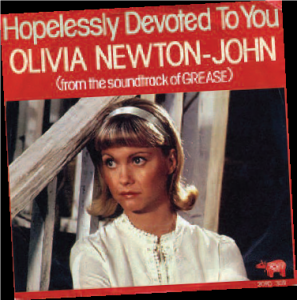

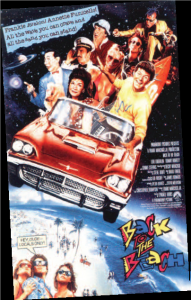
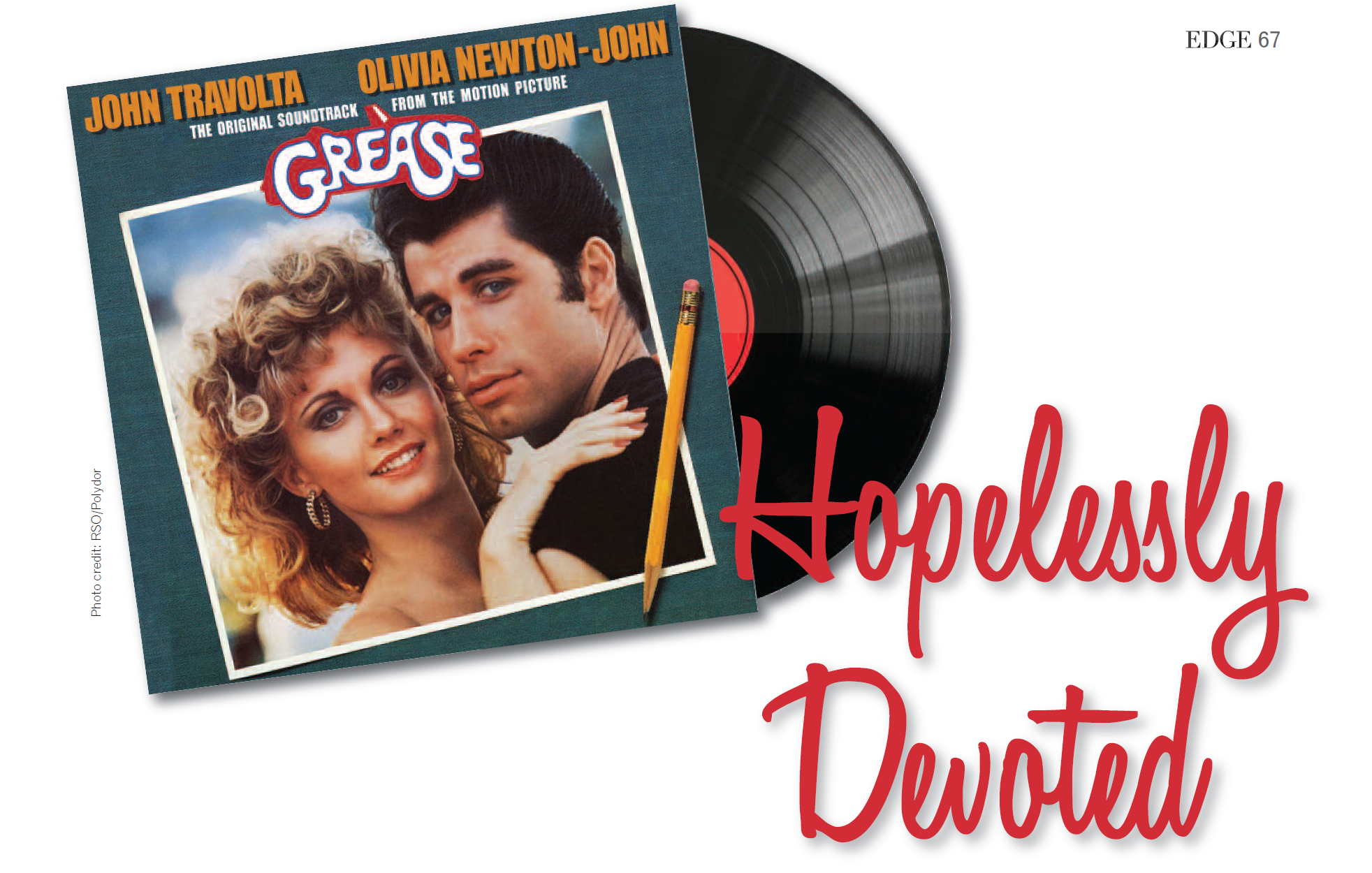
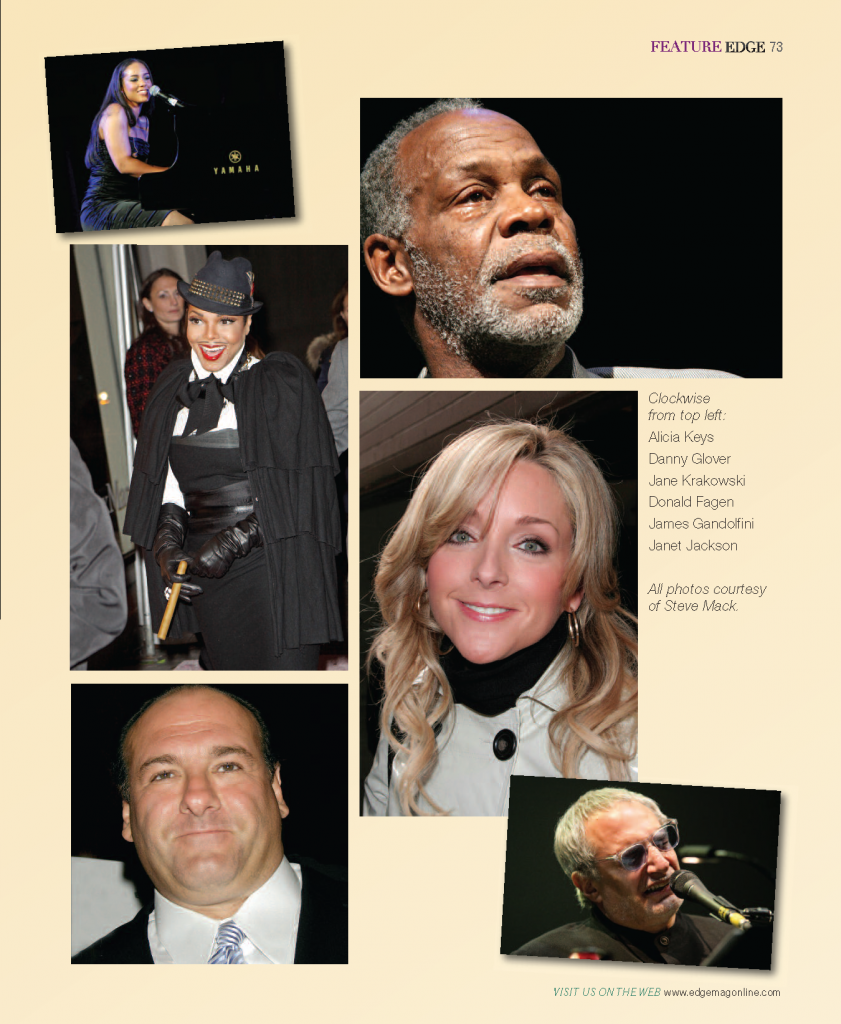

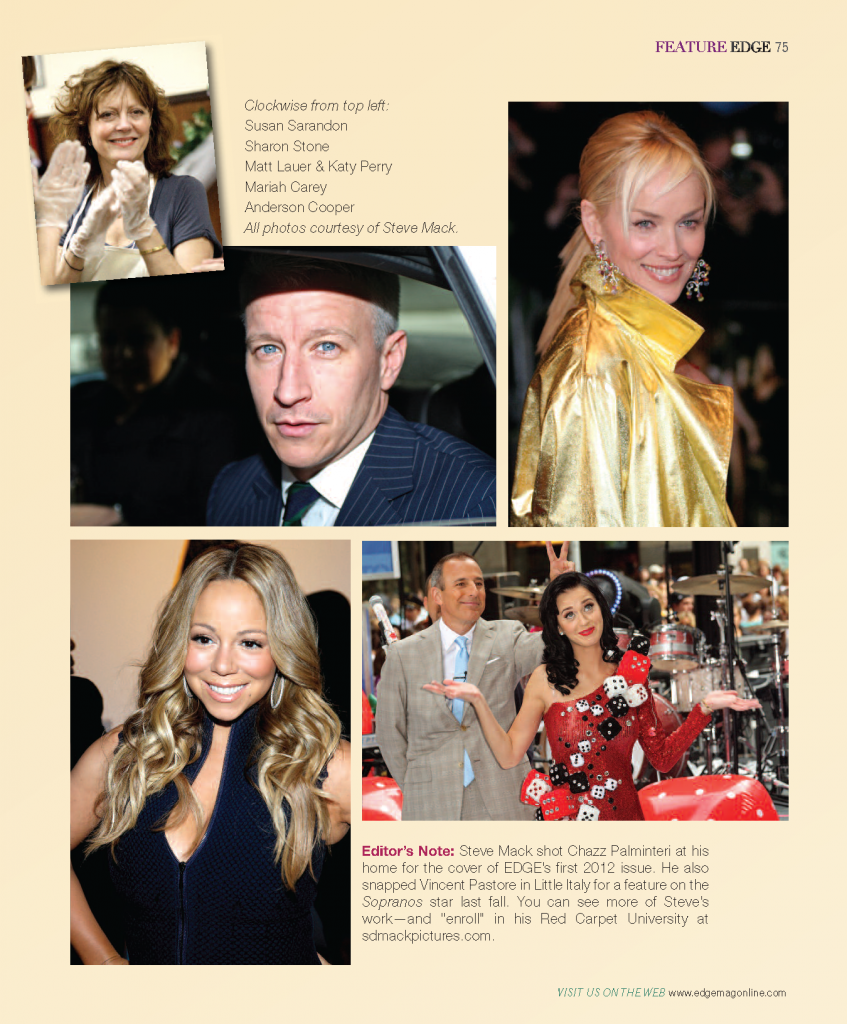
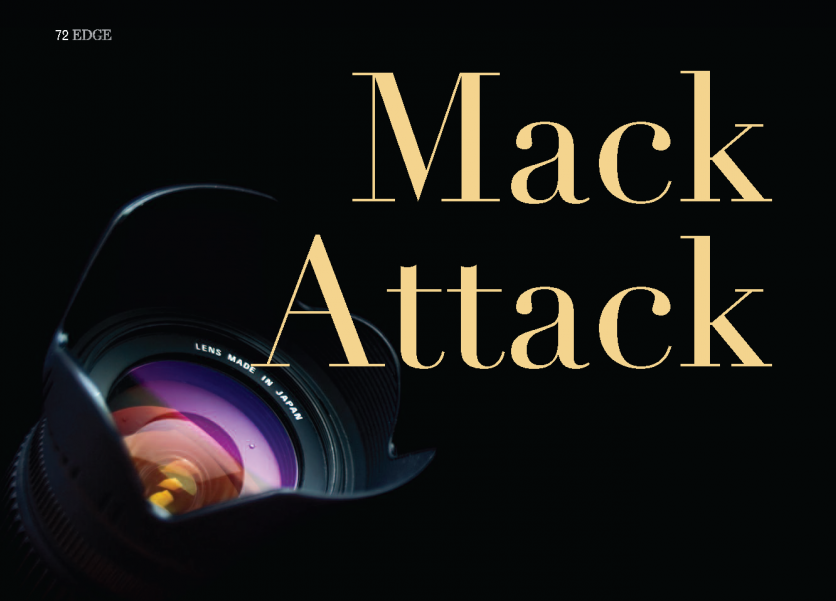

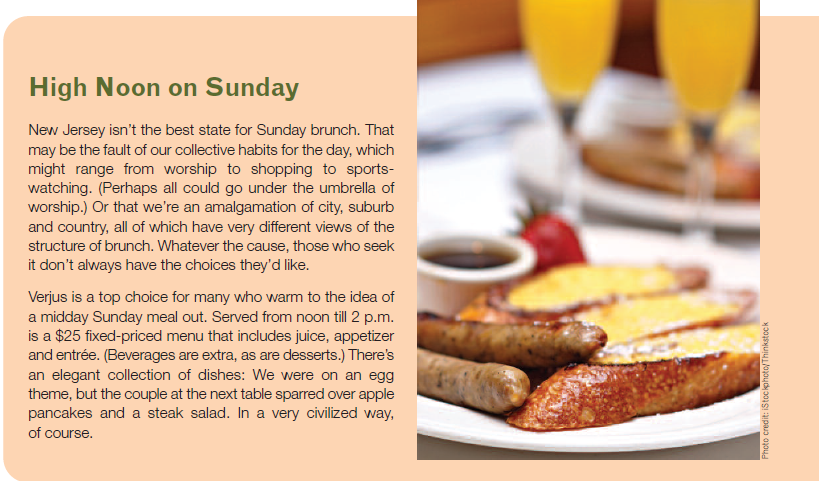 business, and where it might be taken more seriously than at any other restaurant in New Jersey. This is serious praise. The chef-owner Charles Tutino knows his birds. He not only roasts chickens every day Verjus is open, he roasts duck. Both often come in half-bird portions, which may seem an extreme amount of food to anyone who is not an aficionado of expertly roasted birds. The only reason I’ve ever found to stop eating once a roasted chicken (or duck) is set before me is to save something for the next day’s lunch. This requires belief in the benefits and joys of delayed gratification. When the bird is properly roasted, that is not always possible. It was not possible at Verjus. Let’s back up a bit, and give you some background as well as appetizers. Tutino is a classically trained chef who worked at French restaurants in New York before coming to New Jersey and setting up shop with his wife Jane Witkin in an understated space they decorated in a style that would mirror the food. There are cloth-covered tables, dark blond wood chairs, silver and stemmed glasses. There are, perhaps, a couple dozen tables. The scene is hushed, adult. You can converse.
business, and where it might be taken more seriously than at any other restaurant in New Jersey. This is serious praise. The chef-owner Charles Tutino knows his birds. He not only roasts chickens every day Verjus is open, he roasts duck. Both often come in half-bird portions, which may seem an extreme amount of food to anyone who is not an aficionado of expertly roasted birds. The only reason I’ve ever found to stop eating once a roasted chicken (or duck) is set before me is to save something for the next day’s lunch. This requires belief in the benefits and joys of delayed gratification. When the bird is properly roasted, that is not always possible. It was not possible at Verjus. Let’s back up a bit, and give you some background as well as appetizers. Tutino is a classically trained chef who worked at French restaurants in New York before coming to New Jersey and setting up shop with his wife Jane Witkin in an understated space they decorated in a style that would mirror the food. There are cloth-covered tables, dark blond wood chairs, silver and stemmed glasses. There are, perhaps, a couple dozen tables. The scene is hushed, adult. You can converse.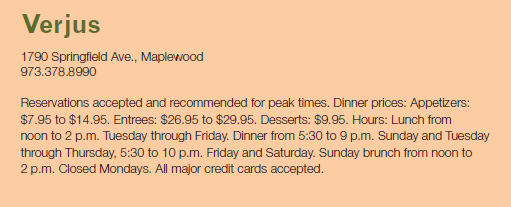




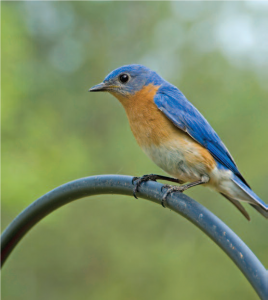


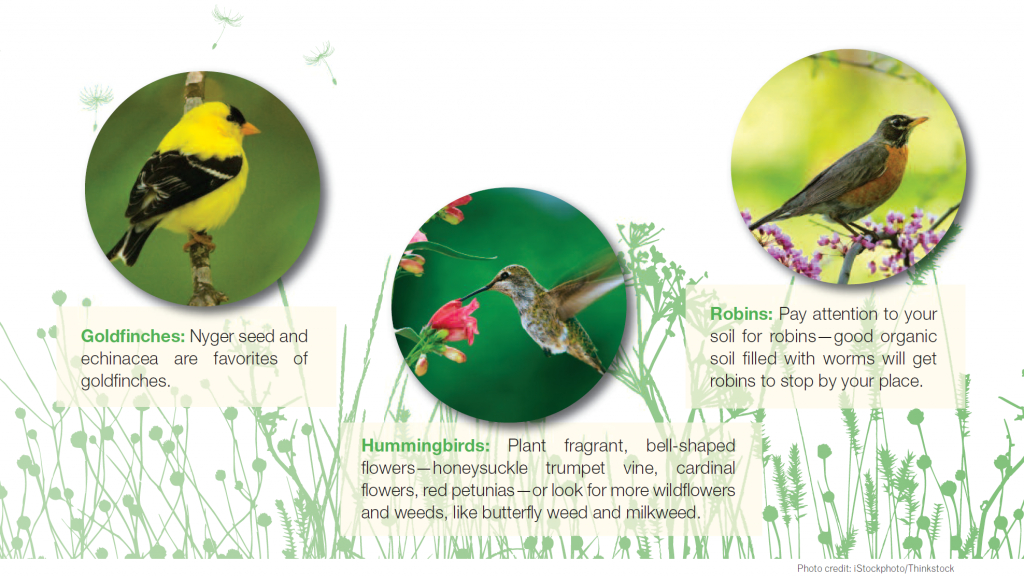




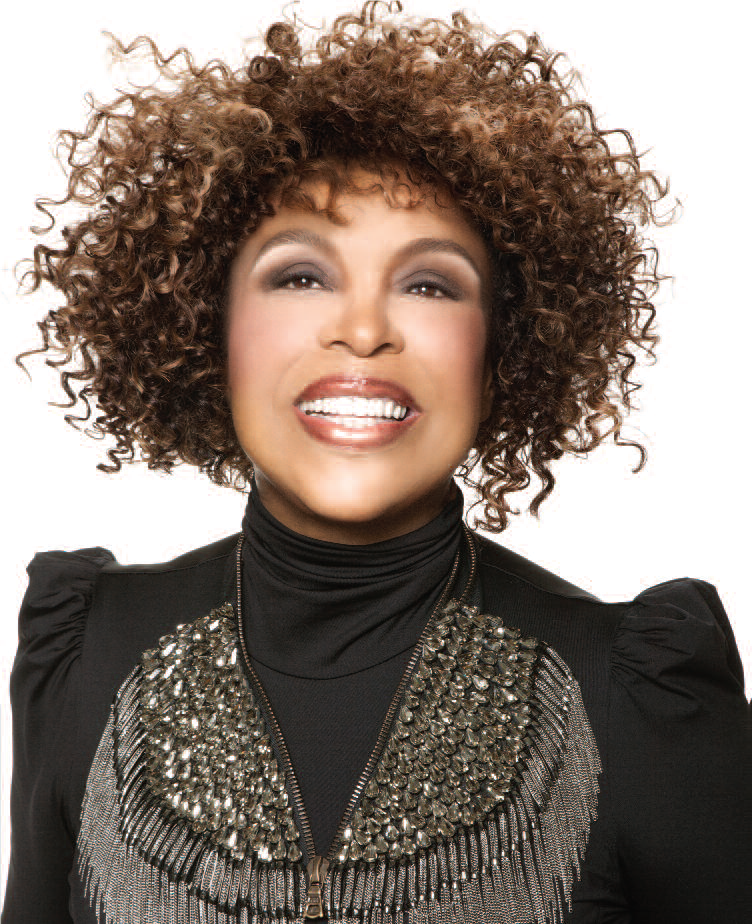
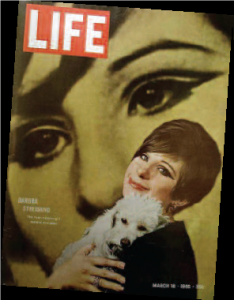
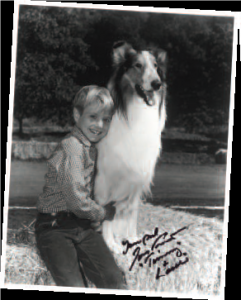



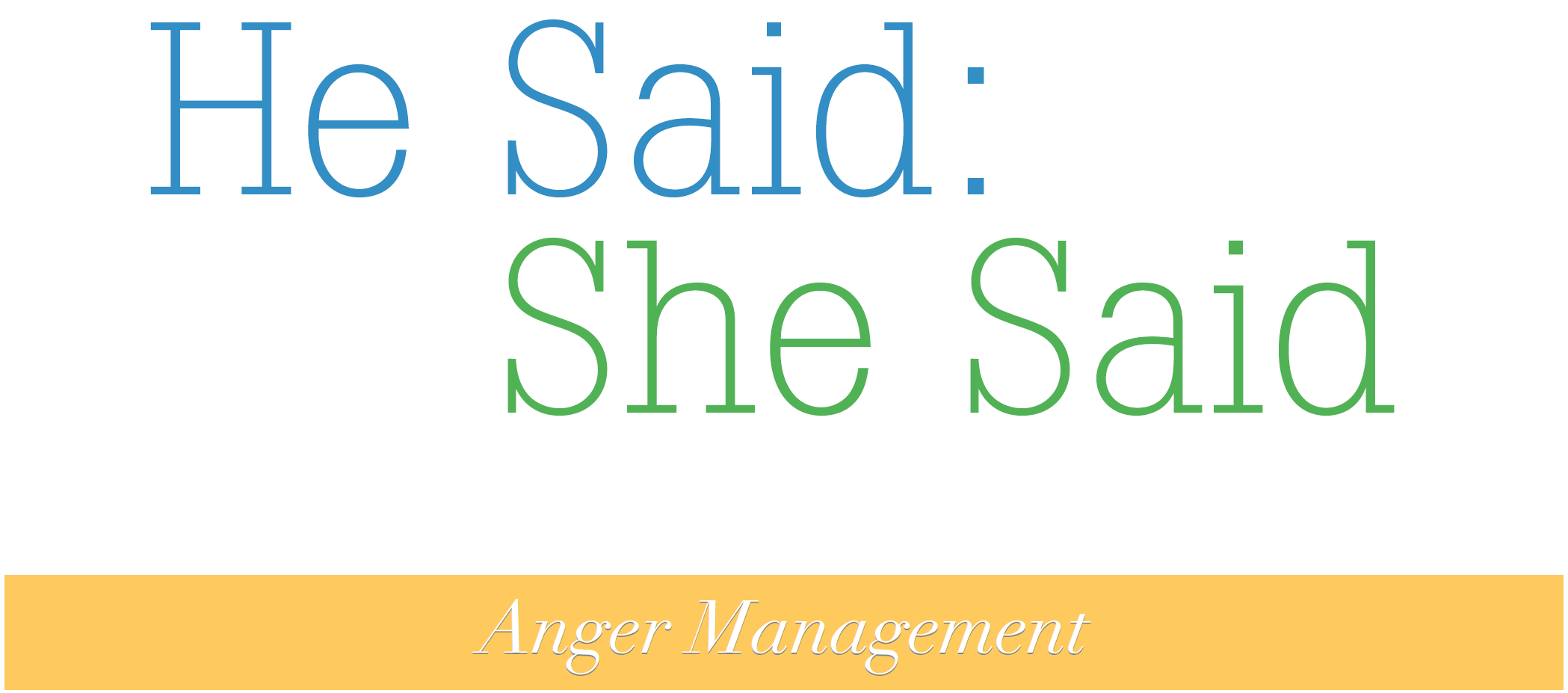
 Smoking While Pregnant: Are Friends Actually Foes? Most people are aware that smoking and pregnancy don’t mix. Yet expectant mothers continue to puff away, or live in smoking environments. A recent study published in the journal Addictive Behaviors looked at some of the reasons this situation persists. It was no shock to find that nearly half of pregnant women who smoke had a partner who also smoked. It was a surprise, however, to find that women who had close friends that smoke were far more likely to smoke themselves. In fact, the influence of friends was actually higher than the influence of family members. The study, conducted by researchers at SUNY Buffalo from 2006 to 2011, will continue, and focus on generating data on the children of pregnant smokers.
Smoking While Pregnant: Are Friends Actually Foes? Most people are aware that smoking and pregnancy don’t mix. Yet expectant mothers continue to puff away, or live in smoking environments. A recent study published in the journal Addictive Behaviors looked at some of the reasons this situation persists. It was no shock to find that nearly half of pregnant women who smoke had a partner who also smoked. It was a surprise, however, to find that women who had close friends that smoke were far more likely to smoke themselves. In fact, the influence of friends was actually higher than the influence of family members. The study, conducted by researchers at SUNY Buffalo from 2006 to 2011, will continue, and focus on generating data on the children of pregnant smokers.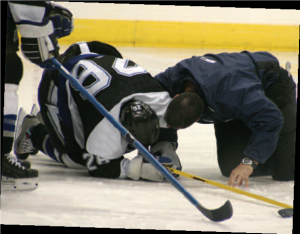 Good News on Concussions If you happen to be a hockey fan, you know that NHL superstar Sidney Crosby nearly lost his entire season to a concussion. What finally helped him get back on the ice was the diagnosis and treatment of a soft-tissue neck injury that accompanied the concussion. This was no surprise to the doctors at the MMTR Health Clinic in Guelph, Ontario, which has been treating hockey concussions for years. They have found that many symptoms attributed to the lingering effects of a concussion actually correspond to specific neck muscles damaged at the time of the original injury. Once treatment is individualized and the muscles repaired, patients experience speedy postconcussive recoveries.
Good News on Concussions If you happen to be a hockey fan, you know that NHL superstar Sidney Crosby nearly lost his entire season to a concussion. What finally helped him get back on the ice was the diagnosis and treatment of a soft-tissue neck injury that accompanied the concussion. This was no surprise to the doctors at the MMTR Health Clinic in Guelph, Ontario, which has been treating hockey concussions for years. They have found that many symptoms attributed to the lingering effects of a concussion actually correspond to specific neck muscles damaged at the time of the original injury. Once treatment is individualized and the muscles repaired, patients experience speedy postconcussive recoveries. a Body Mass Index (BMI) of 18.5 or more. A media storm ensued, with critics of the law saying the government should aim its efforts on health as opposed to weight. Indeed, some models now disqualified are naturally skinny and completely healthy. Should they be prevented from earning a living without knowing whether they are actually unhealthy in some way? The Israeli government points to statistics that show 1 in 50 teenage girls suffers from an eating disorder, and stands by its position.
a Body Mass Index (BMI) of 18.5 or more. A media storm ensued, with critics of the law saying the government should aim its efforts on health as opposed to weight. Indeed, some models now disqualified are naturally skinny and completely healthy. Should they be prevented from earning a living without knowing whether they are actually unhealthy in some way? The Israeli government points to statistics that show 1 in 50 teenage girls suffers from an eating disorder, and stands by its position. Is There an Autism Epidemic? A March study released by the Centers for Disease Control and Prevention estimates that 1 in 88 children born in the U.S. suffers from a disorder on the autism spectrum. The last study estimated the ratio to be 1 in 110 and one done in 2002 suggests that the number of autistic children has doubled since then to around one million. Does this mean there is an “epidemic” of autism? Most doctors and researchers believe this is not the case. Instead, the numbers reflect better diagnostic screening tools and earlier detection. There is no “test” for autism, such as a blood test; it is detected through observing behavior of children typically around the age of eight. “One thing the data tells us with certainty,” says CDC Director Dr. Thomas Frieden, “is there are many children and families who need help.”
Is There an Autism Epidemic? A March study released by the Centers for Disease Control and Prevention estimates that 1 in 88 children born in the U.S. suffers from a disorder on the autism spectrum. The last study estimated the ratio to be 1 in 110 and one done in 2002 suggests that the number of autistic children has doubled since then to around one million. Does this mean there is an “epidemic” of autism? Most doctors and researchers believe this is not the case. Instead, the numbers reflect better diagnostic screening tools and earlier detection. There is no “test” for autism, such as a blood test; it is detected through observing behavior of children typically around the age of eight. “One thing the data tells us with certainty,” says CDC Director Dr. Thomas Frieden, “is there are many children and families who need help.”




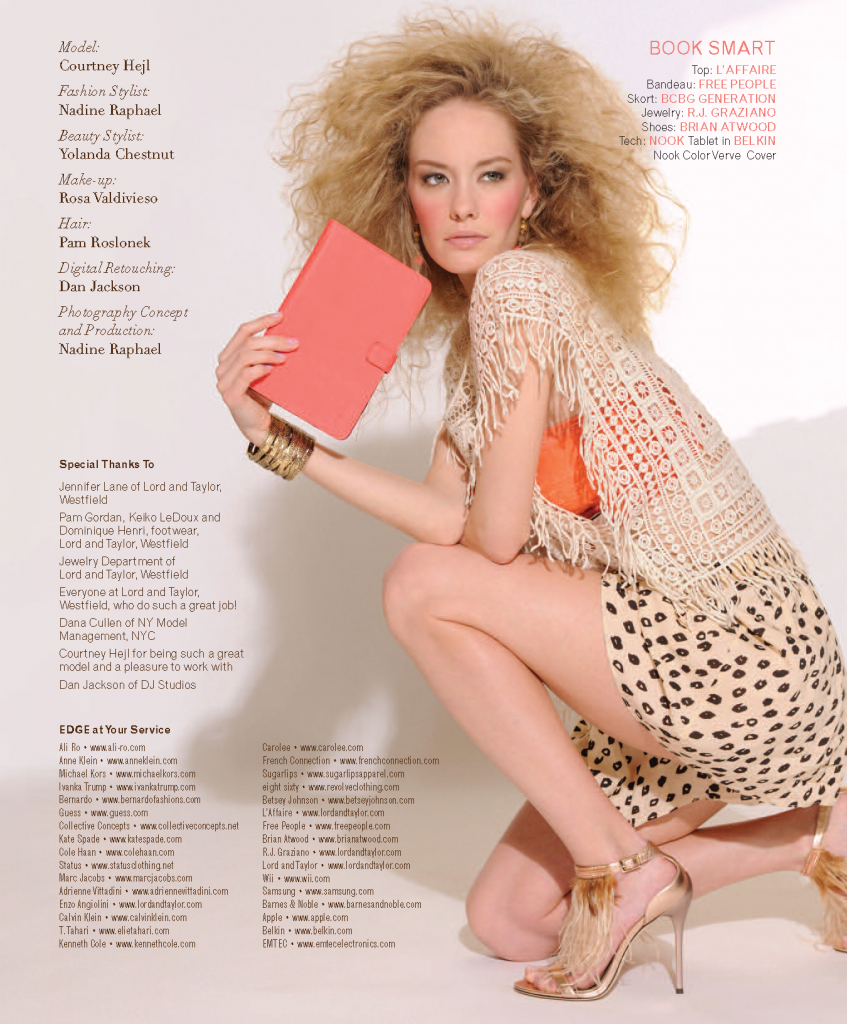

 Trouble, they say, comes in all shapes and sizes. When Leona Helmsley passed away, Trouble came with a $12 million price tag. That was what Helmsley bequeathed to Trouble, her cherished Maltese. Leona’s grandchildren convinced a judge to slash that figure to $2 million, but Trouble still managed to live out his dog days in the lap of luxury at that bargain-basement price. Nothing, it seems, ruffles the feathers of one’s heirs quite like money diverted to pet care. The amount of media play the Helmsley case received only underscored this point. Not surprisingly, the result was a surge in pet estate planning. New Jersey attorney Rachel Hirschfeld happens to be an authority on the subject. She was one of the first attorneys in the country to focus on what is now known as Animal Law. “I have done contracts for dogs, cats, birds, iguanas, snakes, ferrets and other exotic pets, and I have done contracts for whole African Safaris and Cat Colonies,” she says.
Trouble, they say, comes in all shapes and sizes. When Leona Helmsley passed away, Trouble came with a $12 million price tag. That was what Helmsley bequeathed to Trouble, her cherished Maltese. Leona’s grandchildren convinced a judge to slash that figure to $2 million, but Trouble still managed to live out his dog days in the lap of luxury at that bargain-basement price. Nothing, it seems, ruffles the feathers of one’s heirs quite like money diverted to pet care. The amount of media play the Helmsley case received only underscored this point. Not surprisingly, the result was a surge in pet estate planning. New Jersey attorney Rachel Hirschfeld happens to be an authority on the subject. She was one of the first attorneys in the country to focus on what is now known as Animal Law. “I have done contracts for dogs, cats, birds, iguanas, snakes, ferrets and other exotic pets, and I have done contracts for whole African Safaris and Cat Colonies,” she says.
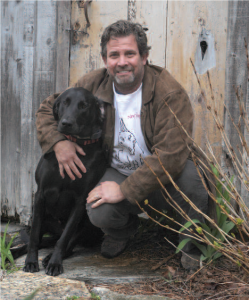
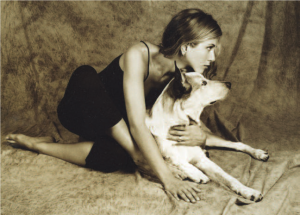
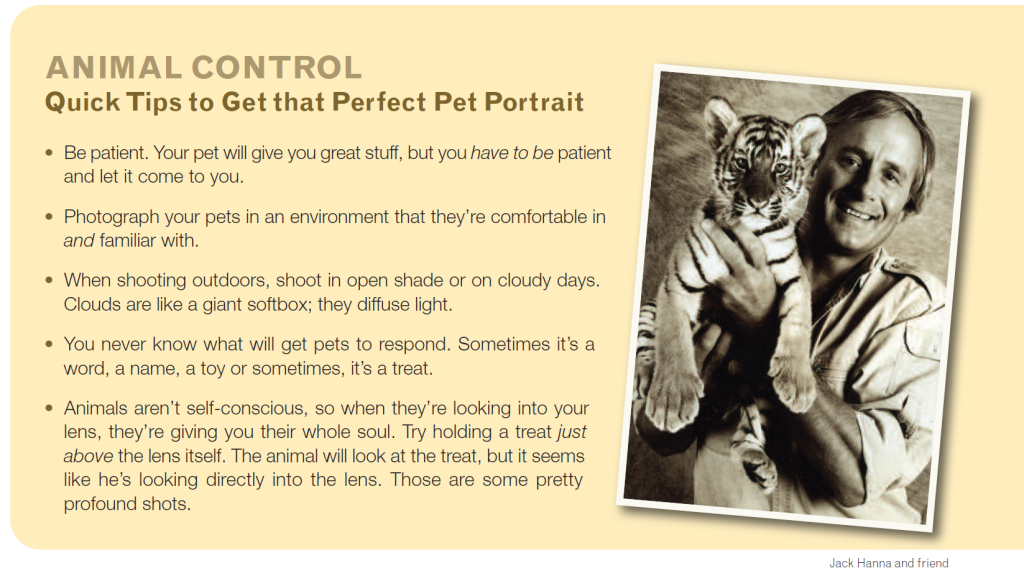
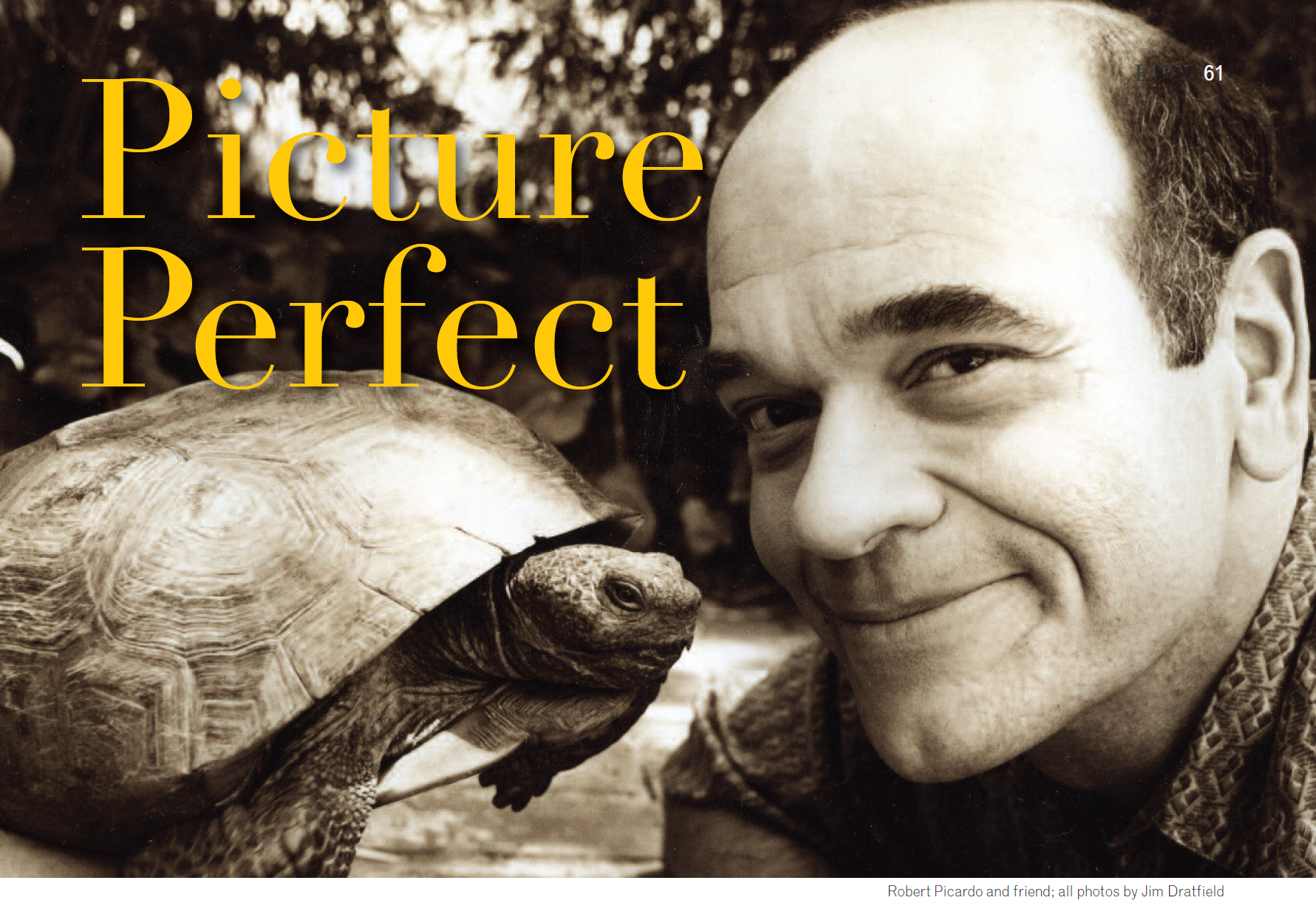
 A LITTLE HISTORY Gaming wasn’t much of an issue when it began in the 1970s. In fact, the word gaming itself did not yet exist. Pong and Space Invaders could be found in arcades and bars, fascinating the quarter-pushers, but the appeal proved limited. However, a new culture had been born. Indeed, 10 years later, Nintendo consoles were everywhere, and games like Donkey Kong, Super Mario Bros., Zelda, and Metroid had parents enforcing strict bedtimes for their prepubescent offspring. The video game industry continued to grow, technologically and financially, as it entered the 21st century. With the doubling of computer power every few years, games had become more complex, more sophisticated and more addictive. And the money being spent on video games by the public was absolutely staggering. Grand Theft Auto IV was released in 2008 and sold six million units, grossing $500 million, in its first week of release. Game developers, now working with squads of brilliant artists, writers, and coders, had tapped into a demand that would have been unimaginable just a few years earlier. Games were modified to be playable not only on hot-selling consoles like Xbox and PlayStation, but on home computers, laptops, tablets and, inevitably, smartphones. With these remarkable advances came a backlash. The assaults came from many quarters—gaming was blamed for teen violence, plummeting verbal abilities, rampaging obesity, and plagues of ADHD, autism and pathological solipsism. College grads, who “should have been” out looking for jobs and spouses, were locking themselves in their darkened rooms with enormous supplies of tortilla chips and diet soda, playing everything from the latest John Madden NFL (total sales for the series estimated at $3 billion) to Guitar Hero, Tiger Woods Golf or Call of Duty.
A LITTLE HISTORY Gaming wasn’t much of an issue when it began in the 1970s. In fact, the word gaming itself did not yet exist. Pong and Space Invaders could be found in arcades and bars, fascinating the quarter-pushers, but the appeal proved limited. However, a new culture had been born. Indeed, 10 years later, Nintendo consoles were everywhere, and games like Donkey Kong, Super Mario Bros., Zelda, and Metroid had parents enforcing strict bedtimes for their prepubescent offspring. The video game industry continued to grow, technologically and financially, as it entered the 21st century. With the doubling of computer power every few years, games had become more complex, more sophisticated and more addictive. And the money being spent on video games by the public was absolutely staggering. Grand Theft Auto IV was released in 2008 and sold six million units, grossing $500 million, in its first week of release. Game developers, now working with squads of brilliant artists, writers, and coders, had tapped into a demand that would have been unimaginable just a few years earlier. Games were modified to be playable not only on hot-selling consoles like Xbox and PlayStation, but on home computers, laptops, tablets and, inevitably, smartphones. With these remarkable advances came a backlash. The assaults came from many quarters—gaming was blamed for teen violence, plummeting verbal abilities, rampaging obesity, and plagues of ADHD, autism and pathological solipsism. College grads, who “should have been” out looking for jobs and spouses, were locking themselves in their darkened rooms with enormous supplies of tortilla chips and diet soda, playing everything from the latest John Madden NFL (total sales for the series estimated at $3 billion) to Guitar Hero, Tiger Woods Golf or Call of Duty.


